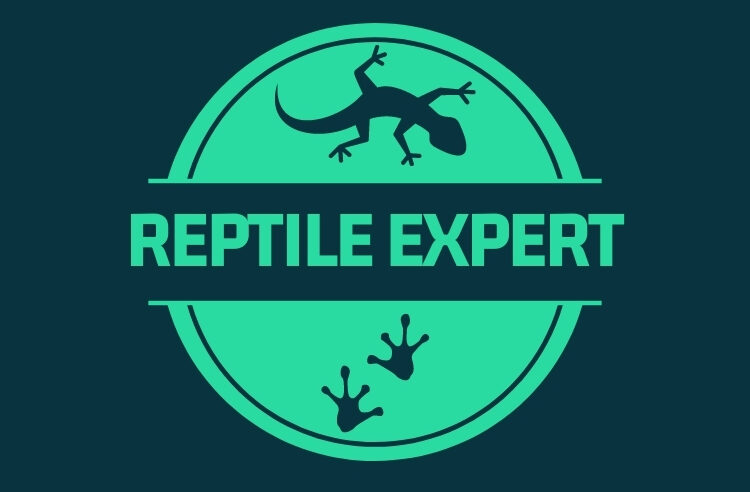It’s not often that any animal can be said to have been brought back from extinction, but in the case of the Antiguan racer (Alsophis antiguae), it is quite literally true. Once widespread across Antigua in the Caribbean’s Leeward Isles, the population of these harmless, metre-long snakes was decimated by the introduction of Asian mongooses in the 1800s in an attempt at rat control in the island’s sugar-cane plantations. It was to prove a doubly futile effort; the rat problem remained, but along with a number of other native species hunted by the new arrivals, the racer’s numbers plummeted and in 1936, the snake was formally declared extinct.
Roll on half a century and, quite unexpectedly, in 1989, 50 specimens were discovered on Great Bird Island – an area of just 20 acres – two miles off the Antiguan coast, and shortly after, the Antiguan Racer Conservation Project was born.
Conserving the Racer
Initially, local support for the work was limited by the Antiguans’ dislike of snakes in general. Over time, however, and with a lot of hard work to raise awareness and understanding of this unique species, the Project partners – six local and international organisations, including the Durrell Wildlife Trust and Fauna & Flora International – gradually won people to the cause.
The most immediate threat to the remnant population came, ironically, not from mongooses, but from the rats they had been brought in to control. To counter this, the conservationists turned from biological control methods, to chemical ones – embarking on an ambitious project to eradicate rats from the island using a rodenticide donated by Syngenta. At the end of their efforts, Great Bird Island and 10 further small offshore islands were rat-free – and remain so – opening up important new potential habitats for the beleaguered reptile to colonise.
Successful re-introductions of the racer followed into some of these newly created safe-havens, with each reptile being micro-chipped before release to help researchers monitor their progress and put off any would be wildlife smugglers. It all seems to be working very well. In 1995, a three-year old female, known as “AP” was caught and chipped; during the 2007 monitoring programme she was recaptured, then at the ripe old age of 15, the oldest known specimen of her kind.
The success of the work to save the racer is perhaps best reflected in the fact that today’s population now stands at more than 300 – a six-fold increase in 20 years – and the animal that had been labelled the rarest snake in the world has become an important local tourist attraction.
Wider Gains
It has not just been the racers themselves that have benefitted from the conservation work. The rats on Great Bird Island had also caused problems for a whole range of other native wildlife too, including the lizards that form the snakes’ natural prey. Eradicating the rodents has also made a big difference to breeding hawksbill turtles, nesting birds – including the rare Caribbean Brown Pelican – and a large number of native plants.
The offshore islands were declared a new protected area in 2006 – the North East Marine Management Area – and now attract some 50,000 visitors from around the world each year, making a significant contribution to the local economy. It could be a mixed blessing; after all, the Antiguan racer remains vulnerable to the return of rats and seems particularly susceptible to many common reptile diseases that do not occur naturally on the island. With trained local volunteers dedicated to educating visitors about this unique reptile and its habitat – as well as helping to keep it predator-free – while the future of the world’s rarest snake isn’t guaranteed, it certainly looks a lot more rosy today than it has for a very long time.
